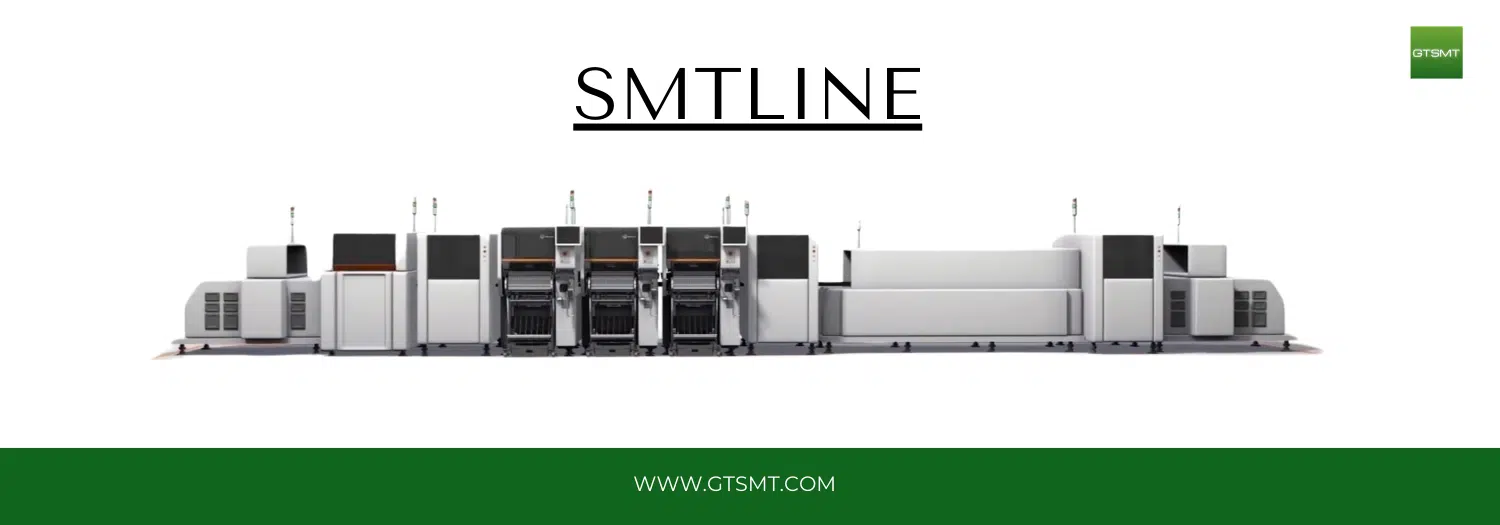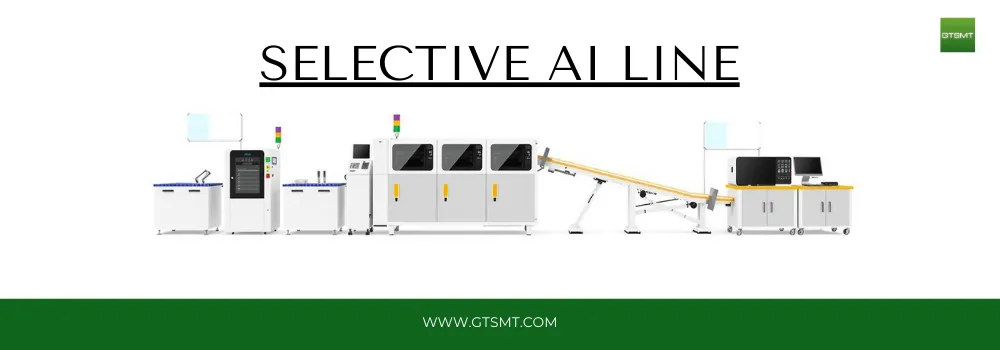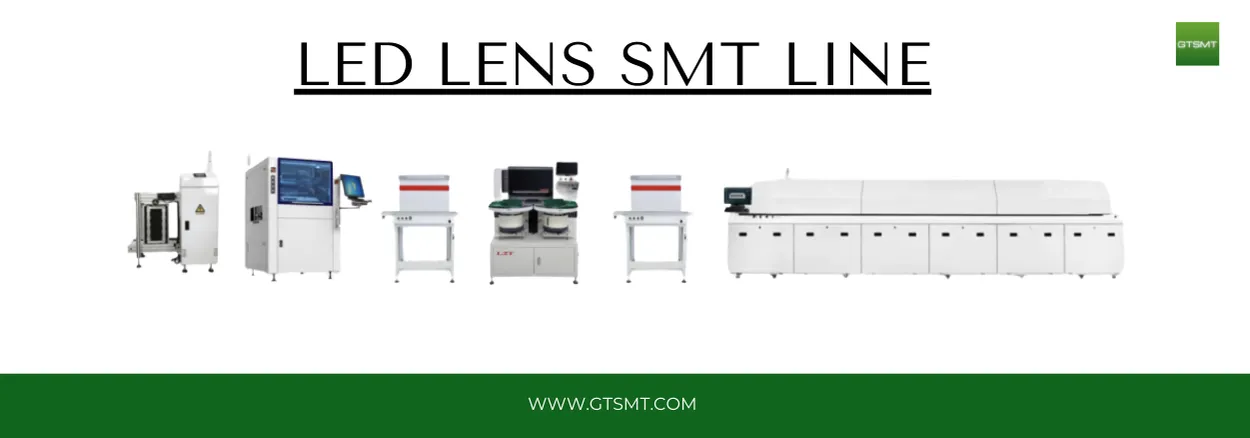Best Guide to Setup SMT LINE FOR PCB ASSEMBLY
How to Start the SMT Line for the Assembly Process of PCB Board
As the world advances technologically, Surface Mount Technology (SMT) has become a crucial aspect of electronic assembly, particularly in Printed Circuit Board (PCB) manufacturing. This blog post will guide you through the process of setting up an SMT line for PCB assembly. We’ll explore the necessary equipment, steps to initiate the line, and tips to optimize the process.
Understanding the Basics of SMT and PCB Assembly
Before delving into the specifics of starting an SMT line for PCB assembly, it’s essential to understand what SMT is and why it’s vital. SMT is a method for producing electronic circuits where components are mounted directly onto the surface of PCBs. This technique creates more durable, compact, and complex electronic devices.
Equipment Needed for an SMT Line
Equipment Needed for an SMT Line
Setting up an SMT line requires several essential pieces of equipment. Here are the main ones:
Stencil Printer: This machine applies solder paste to the PCB where the components will be placed.
Pick and Place Machine: This equipment places components onto the PCB.
Reflow Oven: This is used to heat the board and melt the solder, allowing the components to connect to the PCB.
Inspection Equipment: These machines verify that the components are properly placed and soldered.
Setting Up the SMT Line
Now that we’ve covered the basics and the necessary equipment, let’s dive into the steps of setting up an SMT line.
Planning: Identify your production needs and plan your SMT line layout accordingly. Consider factors like available workspace, the type of PCBs being assembled, and the volume of production.
Procurement of Equipment: Purchase the necessary equipment based on your requirements. Remember to prioritize quality to ensure the reliability and longevity of your machines.
Installation and Calibration: Once the equipment arrives, install it according to the manufacturer’s instructions. Ensure each machine is calibrated properly to guarantee optimal performance.
Staff Training: Train your staff on how to operate the machines, maintain safety protocols, and troubleshoot common issues. This will enhance productivity and minimize downtime.
Test Runs: Conduct several test runs to check for any potential issues. Make necessary adjustments before starting full-scale production.
Optimizing the SMT Assembly Process
After setting up your SMT line, it’s crucial to optimize the process regularly. Here are a few tips:
Quality Control: Implement stringent quality control measures to identify and rectify issues promptly.
Regular Maintenance: Regularly maintain your machines to prevent breakdowns and ensure continuous production.
Continuous Training: Keep your employees updated on the latest practices and technologies in SMT assembly.
Lean Manufacturing Practices: Adopt lean manufacturing practices like just-in-time production and continuous improvement to minimize waste and maximize efficiency.
Investment for SMT line
Setting up an SMT line is a significant investment, but one that can yield considerable returns in the long run. With the increasing demand for compact, high-performance electronic devices, mastering SMT assembly is indeed a valuable skill in today’s technologically driven world.
So, take the leap and start setting up your SMT line. With careful planning, diligent execution, and a commitment to continuous improvement, you’ll be well on your way to mastering this essential process. Remember, the future of electronics is in your hands.
Choosing the Perfect SMT Line for Your Business
In today’s fast-paced manufacturing industry, Surface Mount Technology (SMT) has become a crucial aspect of electronic assembly. Choosing the right SMT line can significantly impact the efficiency and productivity of your business. However, with a wide range of options available, it can be overwhelming to make the right choice. In this blog post, we will guide you through the process of selecting the perfect SMT line for your specific needs.
Evaluate Your Production Requirements
The first step is to understand your production requirements thoroughly. Consider factors such as the expected volume of production, product complexity, and desired speed. This assessment will help you determine the necessary features and capabilities of the SMT line.
Analyze Equipment Specifications:
Next, carefully analyze the specifications of the SMT equipment. Evaluate the placement accuracy, component range, feeder capacity, and machine speed. Make sure the equipment aligns with the requirements identified in the previous step. It’s also essential to consider the scalability of the equipment to accommodate future growth.
Assess Equipment Flexibility
Flexibility is a crucial factor in choosing an SMT line. Determine whether the equipment can handle various component sizes, types, and packaging. Additionally, consider the ease of programming and changeover between different product lines. Opting for equipment with modular features and compatibility with various software systems can enhance flexibility.
Evaluate Production Line Layout
The layout of your production line should be optimized for smooth workflow and efficient use of space. Consider factors such as machine footprint, machine placement, and material handling requirements. Ensure that the SMT line can be integrated seamlessly into your existing production floor without causing disruptions.
Consider Technical Support and Training
Choose a supplier that offers comprehensive technical support and training. SMT equipment can be complex, so having access to expert assistance is crucial. Evaluate the supplier’s reputation, response time, and availability of spare parts. Additionally, consider training programs to ensure your team is proficient in operating and maintaining the equipment.
Calculate Return on Investment (ROI)
Before making any investment, calculate the potential return on investment. Look beyond the initial cost and consider factors such as increased efficiency, reduced labor costs, improved quality, and the potential for future growth. Compare different options based on their long-term benefits rather than just the upfront price tag.
Seek Recommendations and Reviews
Reach out to industry experts, colleagues, and other professionals who have experience with different SMT lines. Their insights can provide valuable information and practical advice. Additionally, check online reviews and testimonials to gather unbiased opinions about the equipment and suppliers you are considering.
Top Brands to Consider When Buying a Pick and Place Machine
In the electronics manufacturing industry, a pick and place machine is a crucial component for assembling surface mount technology (SMT) components. It is vital to choose the right machine that meets your production requirements, is flexible, and provides a positive return on investment. Here are some top brands to consider when buying a pick and place machine.
Panasonic
Panasonic has a reputation for providing high-quality SMT equipment designed for maximum productivity, flexibility, and reliability. Their machines are renowned for their speed, accuracy, and ease of use. Panasonic offers a wide range of pick and place machines, from low-volume prototyping to high-volume production.
Fuji
Fuji’s pick and place machines are known for their advanced technology, high-speed performance, and versatility. Fuji’s machines can handle various component sizes and shapes, making them ideal for complex SMT assembly. Additionally, Fuji offers software tools for optimizing production efficiency and reducing setup time.
Juki
Juki provides a comprehensive range of pick and place machines designed for high-speed, high-precision SMT assembly. Juki’s machines are known for their robustness and durability, making them ideal for high-volume production. Their machines come with advanced features such as automatic component recognition and error correction.
Yamaha
Yamaha’s pick and place machines are designed to meet the needs of both high-volume and low-volume production. Their machines are known for their accuracy, speed, and flexibility. Yamaha offers a range of machines that can handle various component sizes and shapes, making them ideal for complex SMT assembly.
Hanwha
Hanwha is a Korean-based manufacturing company specializing in the manufacturing of pick and place machines their model Decan S1 and Decan S2 are very popular in the electronics manufacturing world. Hanwha SMT machines are capable of placing 0201 to large chips but hawha machines are mostly used in the assembly of consumer electronics such and TV PCB board , washing machine PCB board or other appliance-related PCB boards
Several factors to consider
Before choosing a machine, evaluate your production requirements, such as component size and shape, placement accuracy, and throughput. Choose a machine that can meet your specific needs.
Consider Flexibility
Consider a machine that can handle a wide range of components, has quick changeover times, and can adapt to changing production requirements.
Assess Production Line Layout
The production line should be optimized for smooth workflow and efficient use of space. Consider factors such as machine footprint, machine placement, and material handling requirements. Ensure that the SMT line can be integrated seamlessly into your existing production floor without causing disruptions.
Consider Technical Support and Training
Choose a supplier that offers comprehensive technical support and training. SMT equipment can be complex, so having access to expert assistance is crucial. Evaluate the supplier’s reputation, response time, and availability of spare parts. Additionally, consider training programs to ensure your team is proficient in operating and maintaining the equipment.
Calculate Return on Investment (ROI)
Before making any investment, calculate the potential return on investment. Look beyond the initial cost and consider factors such as increased efficiency, reduced labor costs, improved quality, and the potential for future growth. Compare different options based on their long-term benefits rather than just the upfront price tag.
Seek Recommendations and Reviews
Reach out to industry experts, colleagues, and other professionals who have experience with different SMT lines. Their insights can provide valuable information and practical advice. Additionally, check online reviews and testimonials to gather unbiased opinions about the equipment and suppliers you are considering.
Conclusion
Choosing the right SMT line is a critical decision that can have a significant impact on your business’s productivity and success. By carefully evaluating your production requirements, analyzing equipment specifications, considering flexibility, assessing the production line layout, seeking technical support, calculating ROI, and seeking recommendations, you can make an informed decision. Remember, investing time and effort into choosing the perfect SMT line will pay off in the long run, ensuring smooth operations and improved profitability for your business.

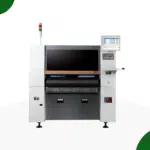 Pick and Place
Pick and Place
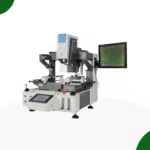 Rework Station
Rework Station
 Solder Paste Printers
Solder Paste Printers
 Reflow Ovens
Reflow Ovens
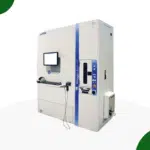 Reel Storage System
Reel Storage System
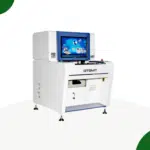 AOI & SPI INSPECTION
AOI & SPI INSPECTION
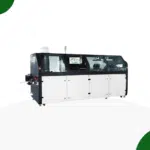 Soldering Machines
Soldering Machines
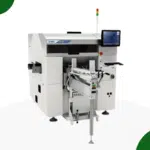 Insertion Machine
Insertion Machine
 X-ray inspection
X-ray inspection
 PCB Handeling
PCB Handeling
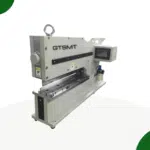 Depaneling Machine
Depaneling Machine
